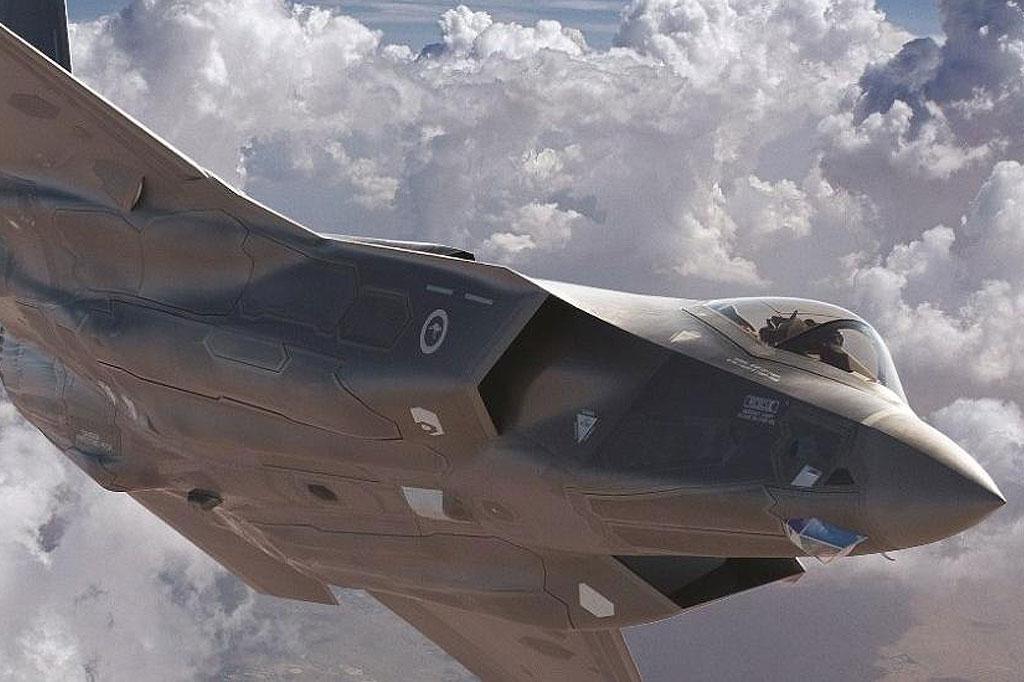The world’s most expensive weapons program has just received more bad news. Edward Snowden leaked information to German newspaper Der Spiegel that confirms 2009 reports of terabytes of classified data regarding the design of the F-35 Joint Strike Fighter (JSF) being stolen.
"This is billions of dollars of combat advantage for China. They've just saved themselves 25 years of research and development. It's nuts."




